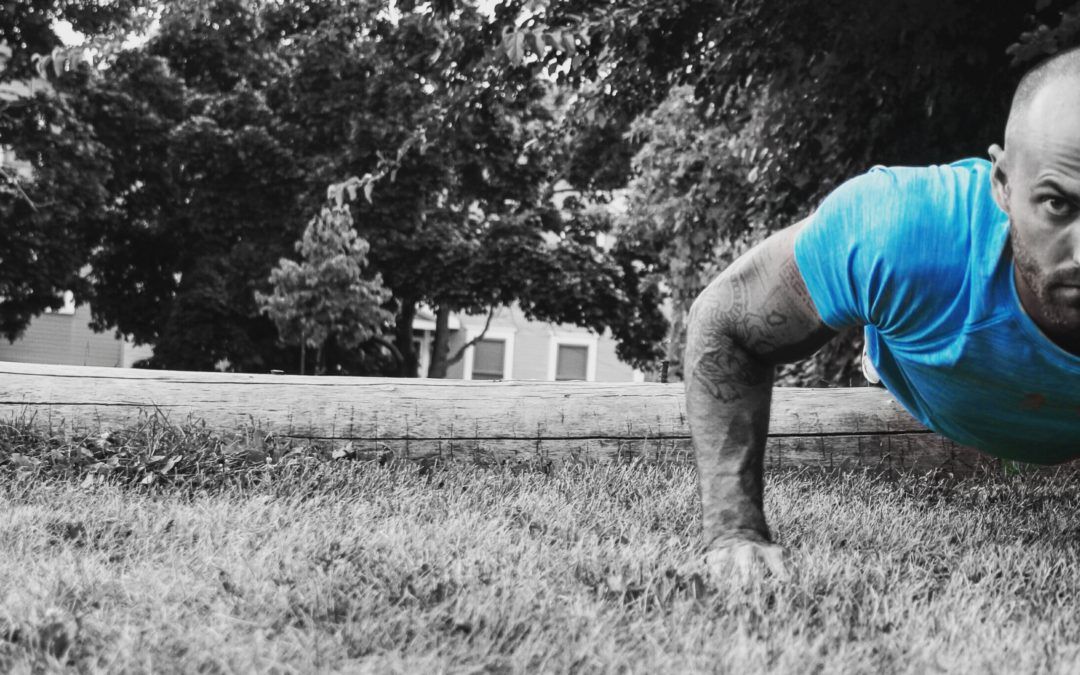You probably just finished reading through my last post talking about the fallacy of using ice, compression, elevation and rest (RICE) to heal from an injury. If not, what are you waiting for? Here is the link.
Today, I’m going to be talking about the optimal way to recover after your workouts: active recovery.
What is Active Recovery: Active recovery can probably be defined several way. But, my ideal definition goes something like this: a post-exercise recovery strategy that involves actively using the same muscles that you worked during your exercise session. Preferably, you would perform this post-exercise recovery the following day, but you can also do it same-day.
Essentially, you could boil it down to one simple rule: move the muscles that you just worked. This can be simple or this can be complicated, but to keep active recovery simple, all you have to do is set aside 10-20 minutes of recovery time the the day of or the day after and perform some form of low-to-moderate intensity activity that is aimed at utilizing your previously worked muscles.
How does it differ from the rest: Active recovery is active; rest is passive. Active recovery can be: taking a walk/jog, stretching, yoga, etc; rest usually involves sitting and limping (from leg day, of course!).
What makes active recovery more effective? The mechanism for why active recovery is not 100% understood; some think it has to do wit clearing out lactate (but that is not likely-link to research about lactic acid and doms), some thin it has to but probably has more to do with introducing fresh blood to the tired and sore muscles than anything else.
What exactly should you be doing? There are several strategies, but I prefer to use the KISS method (’keep is simple stupid’). Here is how it goes for me: if I just worked out my legs, I will go for a 15-20 minute walk around my neighborhood, or on the treadmill, stairclimber, etc. If I just worked out my back, I will likely do some downward dog, cobra, cat/camel, etc. If I just worked out my chest and arms, I will perform some active and passive stretching using things like: lacrosse balls, foam rollers, doorway stretching, etc. The most important part to remember is that the intensity should only be at about 50% – 70% of the lactate threshold or, simply put, mild to moderate.
Why is it important? First and foremost, it is very important if you want to decrease your soreness, and return to your activity sooner, what more could you want? However, as much research has highlighted, it might be most effective at helping restore performance faster.
So, the next time you workout and you want to recover as effectively and efficiently as possible, try some active recovery, your muscles will thank you!


